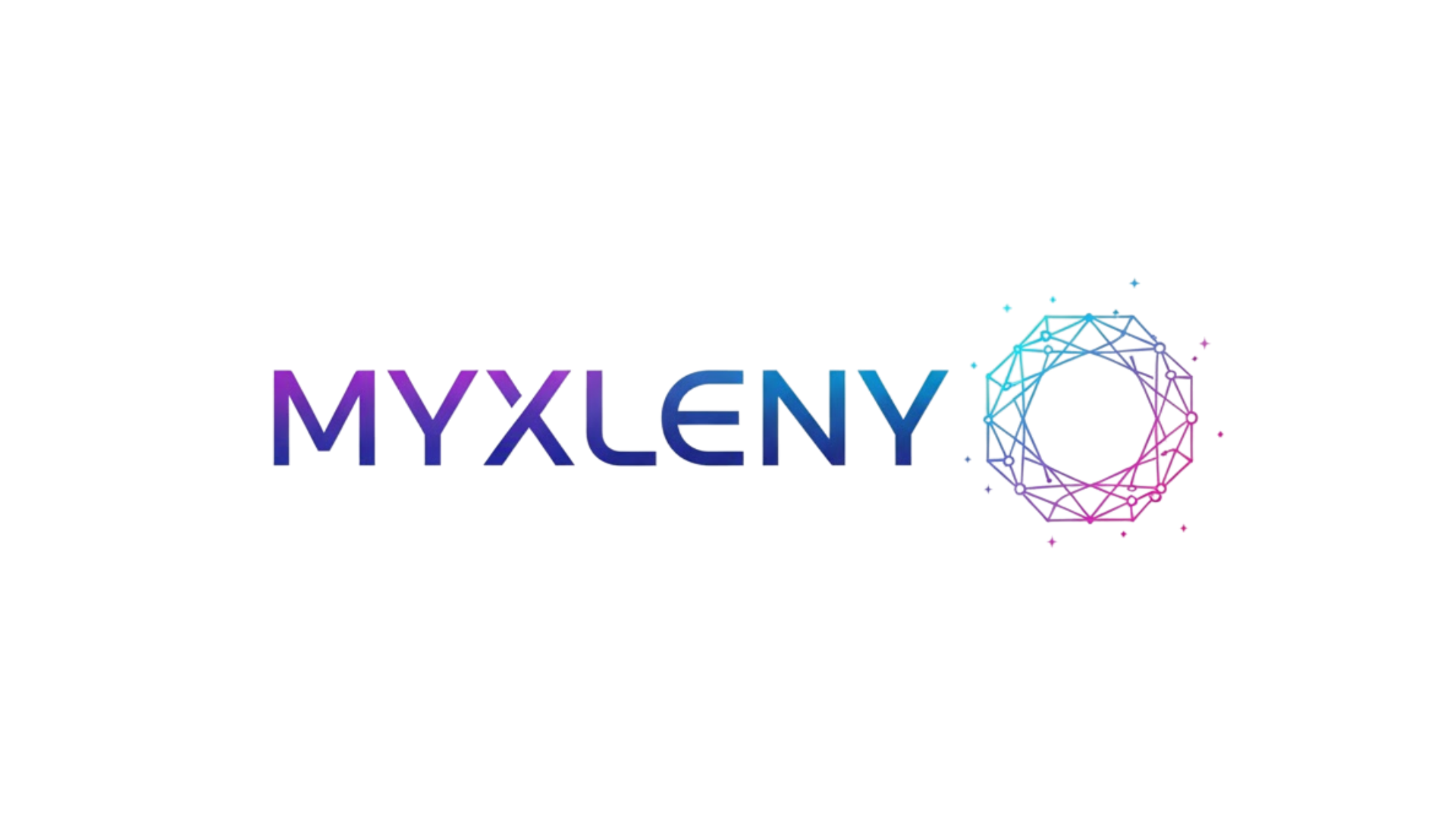Mental health in the workplace has evolved from a taboo topic to a critical business priority, affecting productivity, retention, and overall organizational success.
As modern work environments continue to blur the boundaries between professional and personal life, employers are recognizing that supporting employee mental wellness isn’t just compassionate—it’s essential for sustainable business performance. The statistics paint a concerning picture: nearly one in five adults experiences mental illness each year, and workplace stress contributes significantly to these challenges.
Organizations that proactively address mental health concerns see measurable improvements in employee engagement, reduced absenteeism, and enhanced team dynamics. Yet despite growing awareness, many companies struggle to implement effective strategies that genuinely support their workforce’s psychological wellbeing.
🧠 Understanding the Mental Health Crisis in Modern Workplaces
The contemporary office environment presents unique psychological challenges that previous generations rarely encountered. Digital connectivity means employees are perpetually accessible, creating an expectation of constant availability that erodes mental boundaries. Combined with economic uncertainties, organizational restructuring, and competitive pressures, today’s workers face unprecedented stress levels.
Research indicates that untreated mental health conditions cost businesses billions annually through lost productivity, increased healthcare expenses, and employee turnover. Depression alone accounts for approximately 400 million lost workdays each year in the United States. These figures underscore the urgent need for comprehensive workplace mental health initiatives.
Beyond the financial implications, there’s a profound human cost. Employees struggling with anxiety, depression, or burnout experience diminished quality of life, strained relationships, and physical health complications. The workplace plays a pivotal role in either exacerbating or alleviating these challenges through its culture, policies, and leadership practices.
Creating a Foundation: Leadership Commitment and Cultural Change
Meaningful workplace wellness initiatives begin at the executive level. When leadership demonstrates genuine commitment to mental health—not merely through policy statements but through visible action—it signals organizational priorities and gives employees permission to prioritize their wellbeing without fear of professional consequences.
Leaders should model healthy behaviors by respecting boundaries, taking time off, openly discussing stress management, and acknowledging their own challenges with work-life balance. This vulnerability humanizes leadership and dismantles the stigma that often prevents employees from seeking help or utilizing available resources.
Establishing Psychological Safety
Psychological safety—the belief that you won’t be punished or humiliated for speaking up with ideas, questions, concerns, or mistakes—forms the cornerstone of mentally healthy workplaces. Teams with high psychological safety demonstrate increased innovation, better problem-solving, and stronger mental resilience among members.
Building this environment requires consistent effort across multiple dimensions. Managers must actively solicit diverse perspectives, respond constructively to feedback, and address conflicts transparently. When employees witness colleagues being respected during vulnerable moments, trust deepens throughout the organization.
💼 Practical Strategies for Daily Mental Health Support
While comprehensive wellness programs matter, everyday practices often have the most significant impact on employee mental health. These operational adjustments integrate seamlessly into existing workflows while dramatically improving the psychological climate.
Flexible Work Arrangements
Flexibility has emerged as one of the most valued workplace benefits, directly correlating with improved mental health outcomes. Options including remote work, flexible hours, compressed workweeks, and results-oriented performance metrics empower employees to manage their energy and responsibilities more effectively.
This flexibility proves particularly valuable for employees managing mental health conditions, caring for family members, or simply seeking better work-life integration. Organizations implementing flexible policies report higher satisfaction scores and reduced burnout rates compared to rigid traditional structures.
Workload Management and Realistic Expectations
Chronic overwork represents one of the most destructive factors for workplace mental health. When unrealistic deadlines, understaffing, or poor planning create sustained excessive demands, employees experience burnout, diminished performance, and potential mental health crises.
Managers should regularly assess team capacity, redistribute work equitably, and establish clear prioritization frameworks. Encouraging employees to communicate when they’re overwhelmed—without negative repercussions—prevents small stressors from escalating into serious problems.
🌟 Implementing Comprehensive Mental Health Resources
Beyond cultural shifts, tangible resources provide employees with practical support when they need it most. A multi-layered approach ensures accessibility regardless of individual preferences or circumstances.
Employee Assistance Programs (EAPs)
Modern EAPs extend far beyond traditional counseling services to encompass financial guidance, legal consultation, childcare resources, and crisis intervention. These confidential programs provide employees with professional support for personal challenges that inevitably affect workplace performance.
However, EAP effectiveness depends heavily on awareness and accessibility. Organizations should regularly communicate about these benefits through multiple channels, emphasize confidentiality protections, and simplify the process for accessing services. Many employees remain unaware of available EAP resources despite their enrollment.
Mental Health Days and Expanded Leave Policies
Progressive organizations are explicitly designating mental health days within their paid time off structures, normalizing psychological needs as legitimate reasons for absence. This policy shift acknowledges that mental health constitutes an integral component of overall wellness, deserving equal consideration to physical ailments.
Some companies have implemented “reset days”—scheduled organization-wide days off that allow collective restoration without the guilt or workload accumulation that often accompanies individual time off. These initiatives demonstrate institutional commitment to preventing burnout rather than merely responding to it.
Digital Mental Health Tools and Applications
Technology offers scalable solutions for mental health support, particularly valuable for remote teams or employees uncomfortable with traditional therapy. Meditation apps, cognitive behavioral therapy platforms, and mood tracking tools provide accessible interventions that complement professional treatment.
Organizations might consider subsidizing subscriptions to evidence-based mental wellness applications. Apps like Headspace, Calm, or Sanvello offer guided meditation, sleep improvement techniques, and anxiety management exercises that employees can access privately and conveniently.
For employees seeking structured mental health tracking and coping strategy development, comprehensive apps provide valuable daily support between therapy sessions or as standalone interventions for mild to moderate concerns.
🏢 Designing Mentally Healthy Physical Spaces
The physical environment significantly influences psychological wellbeing, yet many offices inadvertently create stress through poor design choices. Thoughtful workplace architecture and amenities can actively support mental health.
Natural light exposure correlates strongly with improved mood, sleep quality, and reduced depression symptoms. Offices should maximize windows, use light therapy solutions in darker spaces, and encourage outdoor breaks. Biophilic design elements—incorporating plants, natural materials, and nature imagery—reduce stress and enhance cognitive function.
Creating Restorative Spaces
Designated quiet zones provide essential retreats from open office stimulation. These spaces allow for focused work, meditation, brief mental resets, or private phone calls without interruption. The mere availability of such options reduces anxiety for employees who might need them.
Similarly, comfortable common areas that encourage informal social interaction support relationship-building and community formation—protective factors against workplace isolation and stress. The physical environment should accommodate diverse work styles and mental state needs throughout the day.
📊 Training Managers as Mental Health Allies
Managers occupy a critical position in workplace mental health ecosystems. They observe daily performance changes, conduct regular one-on-ones, and significantly influence team culture. Equipping them with mental health literacy transforms them into effective first responders and supportive allies.
Mental health training for managers should cover recognizing warning signs, conducting supportive conversations, understanding accommodation processes, and knowing when to refer employees to professional resources. This education helps managers distinguish between performance management issues and potential mental health challenges requiring different approaches.
Conducting Effective Check-ins
Regular one-on-one meetings provide structured opportunities for managers to assess employee wellbeing beyond project updates. Simple questions like “How are you really doing?” or “What support would be most helpful right now?” signal genuine concern and create space for honest dialogue.
These conversations require active listening, empathy, and confidentiality. Managers shouldn’t attempt to diagnose or counsel employees but rather connect them with appropriate resources while offering reasonable workplace accommodations when needed.
🤝 Fostering Connection and Community
Social support networks within organizations serve as powerful buffers against workplace stress and mental health challenges. Employees with strong workplace relationships demonstrate greater resilience, job satisfaction, and overall wellbeing.
Team-building activities, employee resource groups, mentorship programs, and social events create opportunities for authentic connection beyond transactional work relationships. These bonds become particularly important during organizational changes or challenging business periods when anxiety naturally increases.
Peer Support Networks
Formal peer support programs train employees to provide empathetic listening and resource navigation for colleagues experiencing difficulties. These networks complement professional services while reducing barriers associated with seeking help—peers often feel more approachable than supervisors or external counselors.
Mental health champions or wellness ambassadors distributed throughout departments can normalize conversations about psychological wellbeing, share coping strategies, and identify colleagues who might benefit from additional support.
🎯 Measuring Impact and Continuous Improvement
Effective mental health initiatives require ongoing assessment to ensure resources align with actual employee needs and deliver meaningful outcomes. Organizations should establish metrics that capture both utilization and impact.
Anonymous surveys measuring stress levels, job satisfaction, psychological safety perceptions, and awareness of available resources provide valuable feedback. Tracking metrics like absenteeism rates, healthcare utilization patterns, turnover statistics, and productivity indicators offer objective data about program effectiveness.
Importantly, measurement shouldn’t feel invasive or punitive. The goal is understanding collective trends to inform strategic adjustments, not monitoring individual mental health status. Transparent communication about how data will be used builds trust in these assessment processes.
💡 Addressing Specific Challenges and Populations
One-size-fits-all approaches often fail because mental health experiences vary significantly across demographics and circumstances. Thoughtful programs consider diverse employee populations and their unique needs.
Supporting Remote and Hybrid Workers
Remote work offers flexibility benefits but introduces isolation risks, boundary challenges, and technological fatigue. Virtual mental health resources, intentional video-free meeting policies, online social activities, and clear expectations around availability help mitigate these challenges.
Managers should proactively check in with remote employees who may struggle to communicate distress through digital channels. Encouraging camera-optional meetings and asynchronous communication reduces Zoom fatigue while maintaining connection.
Addressing Stigma in Underserved Groups
Mental health stigma affects all populations but may be particularly pronounced in certain cultural communities, among men, or in specific industries with “tough” professional identities. Targeted education, diverse representation in wellness communications, and culturally competent resources help reach these employees effectively.
Partnering with employee resource groups to co-design mental health initiatives ensures programs resonate authentically with diverse populations rather than imposing standardized approaches that might miss cultural nuances.
🚀 Building Sustainable Mental Health Cultures
The most effective workplace mental health strategies transcend programs or policies to become embedded in organizational DNA. This transformation occurs gradually through consistent reinforcement, leadership modeling, and genuine prioritization even during challenging business periods.
Sustainability requires dedicated resources—financial investment certainly, but also time, attention, and ongoing commitment from all organizational levels. Mental health initiatives shouldn’t be discretionary benefits that disappear during budget constraints but rather fundamental operational components protected like any critical business function.
As workplaces continue evolving, mental health support must adapt accordingly. Emerging challenges like artificial intelligence anxiety, gig economy instability, and climate distress require organizations to remain responsive and proactive rather than reactive.

The Business Case and Human Imperative
Supporting workplace mental health represents both sound business strategy and moral responsibility. Organizations that genuinely invest in employee psychological wellbeing see measurable returns through enhanced productivity, reduced healthcare costs, improved retention, and stronger employer branding that attracts top talent.
More fundamentally, businesses have profound influence over the daily lives and wellbeing of their workforce. Creating environments where employees can thrive mentally and emotionally extends beyond competitive advantage to basic human dignity and social responsibility.
The journey toward truly mentally healthy workplaces remains ongoing for most organizations. Progress requires acknowledging imperfection, learning from setbacks, listening continuously to employee experiences, and maintaining commitment even when results aren’t immediately apparent. Small consistent actions accumulate into cultural transformation over time.
Every conversation destigmatizing mental health, every policy adjustment prioritizing wellbeing, and every resource made accessible contributes to workplaces where employees don’t merely survive but genuinely flourish. This vision—ambitious yet achievable—benefits individuals, organizations, and society broadly as we collectively reimagine what supportive, humane work environments can become.
Toni Santos is a future-of-work researcher and social innovation writer exploring how technology, culture, and global mobility are redefining what it means to work and thrive in the 21st century. Through his studies on automation, digital nomadism, and workforce transformation, Toni examines the balance between progress, adaptability, and human purpose in a rapidly changing world. Passionate about remote collaboration systems and digital inclusion, Toni focuses on how emerging tools and global connectivity empower individuals to build meaningful, flexible, and resilient careers. His work highlights how automation and new work models can coexist with creativity, empathy, and social value. Blending sociology, economics, and digital strategy, Toni writes about the human side of innovation — helping readers understand not only where work is heading, but how to align with its transformation responsibly and purposefully. His work is a tribute to: The evolving relationship between automation and human employment The rise of global, location-independent lifestyles The power of resilience and adaptability in the modern workforce Whether you are a freelancer, remote leader, or curious observer of the new economy, Toni Santos invites you to explore the future of work — one idea, one connection, one transformation at a time.




